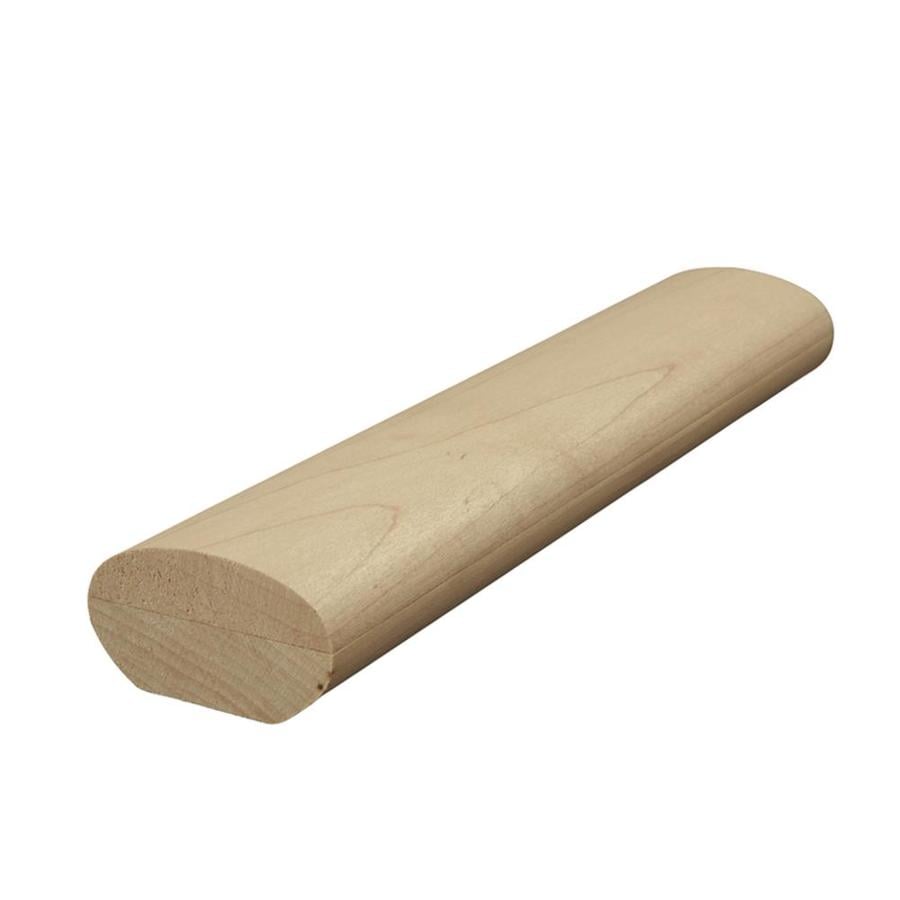JMotuzick
Songster
I recently re-did things in the coop and added a permeant “litter box” type poop tray. I got some pdz but have not put it down yet. Just shavings that I had on hand while working. The tray is at about 54” with the bar 10” above that to the top. (2x4 small side up). One of the hens likes to rest on the 1/2” strip of ply wood I used as a side for the poop box. I’m not quite done and want to add more roosting space, so that might help. Any other ideas to get her up there on her own? Also wondering if I should add a ladder for them? So far they all Seam to be getting up there but we have chick coming in a few weeks and I’m thinking a few months ahead! What about when they get older/slower? I want everyone to have access but don’t want the lower pecking order girls to sleep on the steps.



